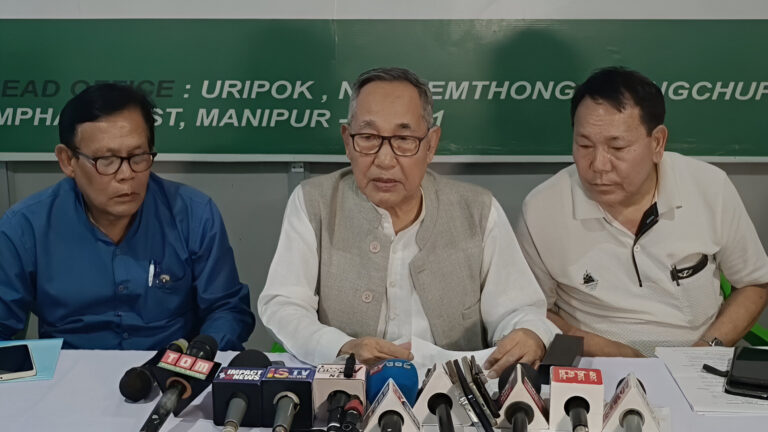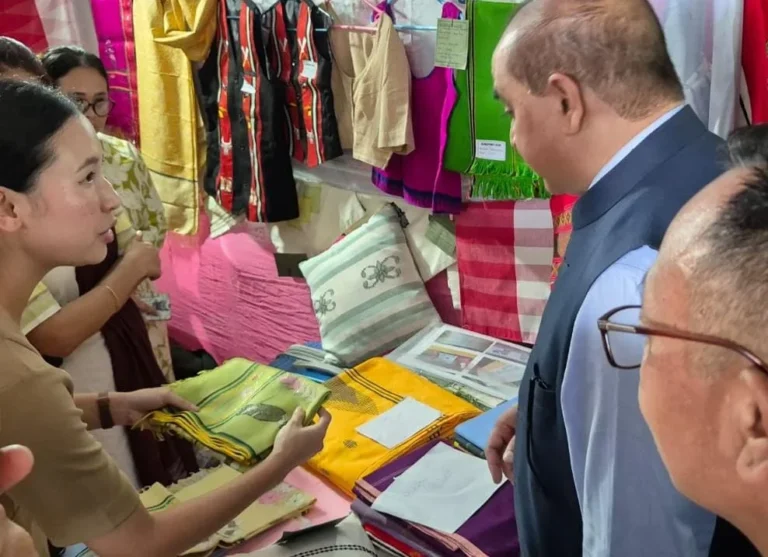Suspects in Manipur Looting Identified: A Step Toward Justice
Summary
In a significant development, Manipur Chief Minister N. Biren Singh confirmed the identification of individuals involved in looting and vandalism of properties belonging to ministers and MLAs during protests on November 16. Using CCTV footage, authorities are pursuing legal actions to address these incidents, which included arson and misuse of firearms. The CM emphasized that such criminal acts undermine democracy and warned of strict consequences for the perpetrators.
The Full Story: Justice Takes a Step Forward in Manipur
What Happened During the November 16 Protests?
Manipur, already grappling with socio-political challenges, faced another blow when protests turned violent on November 16. Demonstrators, reportedly targeting the homes and properties of ministers and MLAs, left a trail of destruction. From ransacked residences to the misuse of firearms, these actions crossed the line between peaceful protest and outright criminality.
Chief Minister N. Biren Singh addressed the situation, condemning the acts and assuring the public that justice would prevail. But what led to such extreme actions, and how did the authorities respond?
Identifying the Suspects: A Breakthrough Using Technology
In today’s age, Big Brother is always watching, and the perpetrators of the November 16 incidents learned this the hard way. Authorities relied on CCTV footage to identify the individuals involved in looting and vandalism. This development marks a significant step forward in holding those responsible accountable.
The use of surveillance technology in this case sends a strong message: while democratic protests are a right, criminal acts disguised as activism will not be tolerated.
A Blurred Line: Protest vs. Crime
We often associate protests with freedom of expression—a cornerstone of democracy. But what happens when protests cross the line into violence and lawlessness? The November 16 incidents highlight this dilemma. While the right to protest is enshrined in India’s constitution, the misuse of that right can lead to chaos, undermining the very democracy it seeks to strengthen.
Think of it this way: a peaceful march is like a lighthouse guiding ships safely to shore. But when that lighthouse is used to blind sailors instead, it causes more harm than good.
Government’s Response: Sending a Strong Message
Legal Measures and Accountability
Chief Minister Singh assured citizens that strict legal action would follow against those responsible. By framing these acts as criminal offenses rather than political dissent, the government is drawing a clear line in the sand. This approach not only seeks justice but also reinforces the importance of accountability in a democracy.
Restoring Public Trust
Incidents like these can erode public trust in both the government and the protest movements. By addressing these acts decisively, the government aims to reassure citizens that law and order remain a top priority.
The Bigger Picture: Lessons for Protest Movements
The Importance of Leadership
Effective protest movements are often guided by strong leadership that ensures discipline among participants. Without this, protests can spiral into chaos, as seen in the November 16 incidents.
Balancing Passion with Responsibility
Protests are often born out of passion—a desire to effect change. But passion without responsibility is like a fire without a fireplace: it can burn down the house. The November 16 events underscore the need for protestors to channel their energy constructively.
Looking Ahead: What’s Next for Manipur?
The Role of the Judiciary
As the identified suspects face legal proceedings, the judiciary will play a crucial role in ensuring justice. Transparent and timely trials will be key to restoring faith in the system.
Strengthening Law Enforcement
Incidents like these highlight the need for better law enforcement mechanisms to prevent such acts in the future. Enhanced training, resources, and community engagement can go a long way in addressing this issue.
A Call for Dialogue
While accountability is essential, it’s equally important to address the underlying issues that fuel such protests. Constructive dialogue between the government and its citizens can help bridge gaps and prevent future incidents.
Conclusion: A Turning Point for Manipur?
The identification of suspects in the November 16 incidents is more than just a step toward justice—it’s a chance for Manipur to reflect, rebuild, and move forward. As the state grapples with its challenges, it’s a reminder that democracy thrives not on chaos but on dialogue, accountability, and mutual respect.
FAQs
1. What were the November 16 incidents in Manipur?
Protests in Manipur escalated into violence, with properties of ministers and MLAs being looted and vandalized.
2. How were the suspects identified?
Authorities used CCTV footage to identify individuals involved in the incidents.
3. What actions are being taken against the suspects?
Legal proceedings have been initiated to hold the perpetrators accountable for their actions.
4. Why is this incident significant for Manipur?
It highlights the importance of balancing democratic rights with accountability and law enforcement.
5. How can such incidents be prevented in the future?
Strengthening law enforcement, fostering dialogue, and ensuring responsible protest leadership are key measures.



